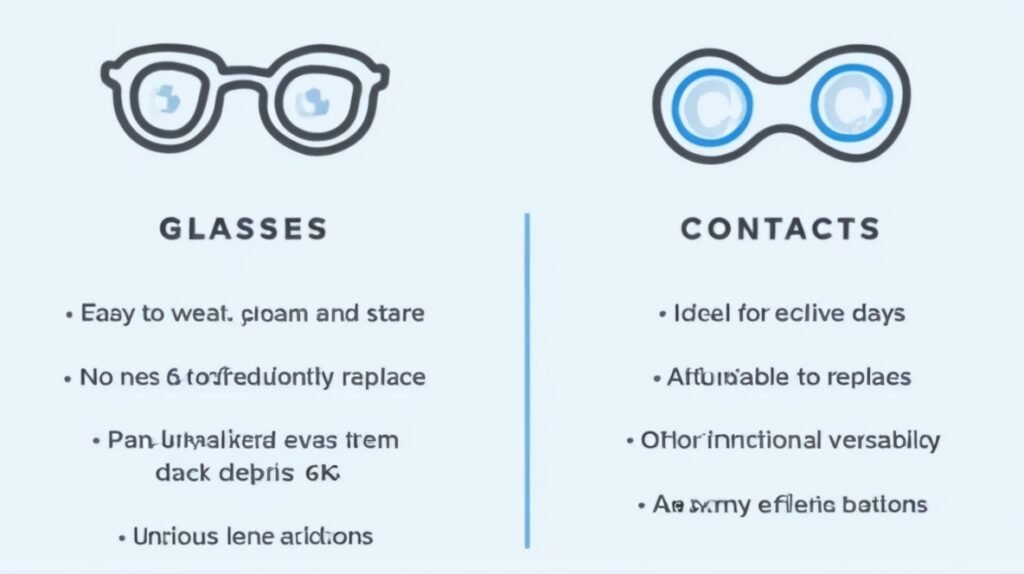In the realm of mental health, breakthroughs are not just scientific milestones; they represent hope and relief for individuals battling the complexities of their minds. Recently, a unique and groundbreaking approach has emerged in the treatment of Obsessive Compulsive Disorder (OCD), offering a ray of hope for those who have long struggled with this debilitating condition. In this blog post, we delve into the remarkable story of how a woman’s life was transformed by a pioneering brain implant, shedding light on the potential of this innovative treatment avenue.
Understanding Obsessive Compulsive Disorder (OCD):
Before delving into the specifics of the treatment, it’s essential to grasp the challenges posed by OCD. OCD is a mental health disorder characterized by intrusive thoughts (obsessions) and repetitive behaviors (compulsions) that significantly interfere with daily life. These obsessions and compulsions can range from persistent fears of contamination to the need for symmetry and orderliness, among others.
The Journey of Treatment:
Imagine living in a constant state of distress, grappling with intrusive thoughts that dictate your every move. This was the reality for Sarah, a 35-year-old woman who had battled severe OCD for over a decade. Despite conventional treatments such as therapy and medication, Sarah’s symptoms persisted, casting a shadow over her personal and professional life.
Enter the Brain Implant:
Faced with limited options, Sarah’s medical team proposed a revolutionary approach: a brain implant designed to modulate neural activity and disrupt the patterns underlying her OCD symptoms. Unlike traditional treatments, which primarily target symptoms on a surface level, this implant offered the potential for direct intervention at the neural level.
How Does the Brain Implant Work?:
The brain implant, known as deep brain stimulation (DBS), involves the surgical placement of electrodes in specific regions of the brain associated with OCD symptoms. These electrodes deliver targeted electrical impulses, effectively modulating neural circuits and interrupting the dysfunctional patterns contributing to OCD.
Sarah’s Transformation:
Following the successful implantation of the device, Sarah embarked on a remarkable journey of transformation. Over the ensuing months, she experienced a gradual but profound reduction in her OCD symptoms. Intrusive thoughts that once dominated her consciousness began to lose their grip, and the compulsive rituals that consumed her time and energy gradually waned.
The Power of Personalized Treatment:
Sarah’s story highlights the importance of personalized treatment approaches in mental health care. While conventional therapies may yield varying results, innovative interventions tailored to an individual’s unique neurobiology offer new hope for those resistant to traditional methods.
Looking Ahead:
As research in the field of neuromodulation continues to advance, the potential applications for brain implants in treating various mental health conditions, including OCD, are expanding. While the journey towards widespread adoption may be ongoing, stories like Sarah’s serve as beacons of hope, illuminating a path towards improved quality of life for individuals battling mental illness.
Conclusion:
In the realm of mental health treatment, innovation is key to unlocking new possibilities for individuals burdened by conditions like OCD. Sarah’s journey stands as a testament to the transformative potential of cutting-edge interventions such as brain implants. As we continue to explore the frontiers of neurotechnology, we move closer to a future where mental health challenges are met with effective, personalized solutions, offering hope and healing to all those in need.
References:
National Institute of Mental Health. (n.d.). Obsessive-Compulsive Disorder. Retrieved from https://www.nimh.nih.gov/health/topics/obsessive-compulsive-disorder-ocd/index.shtml


